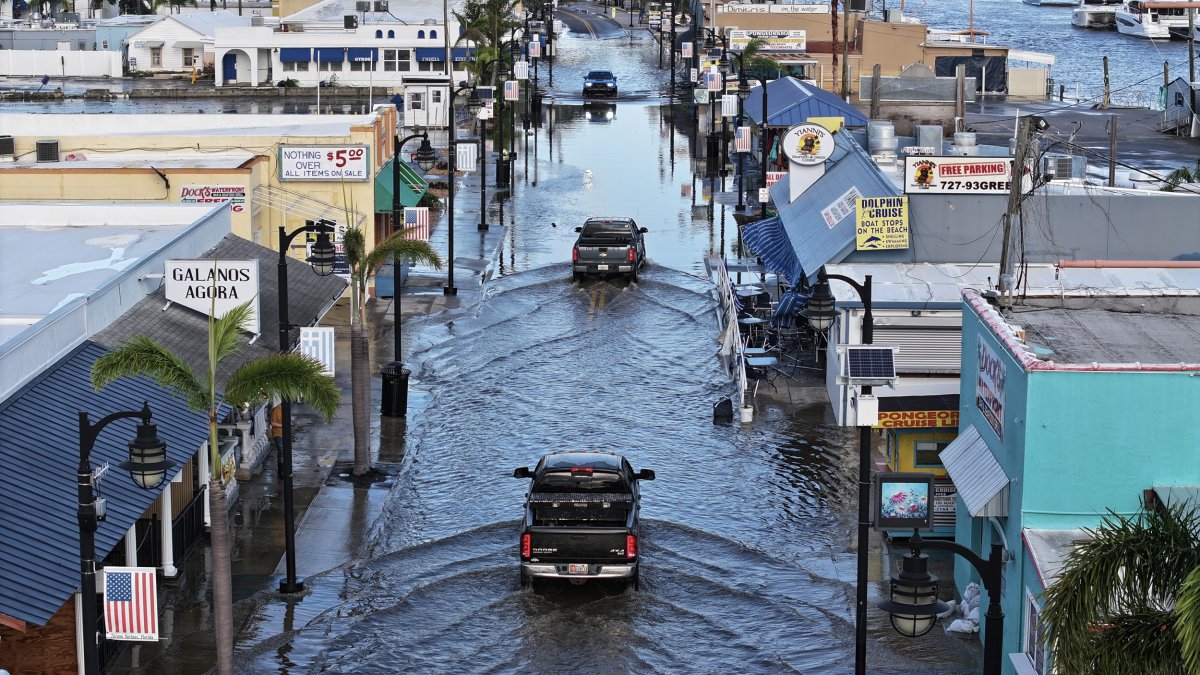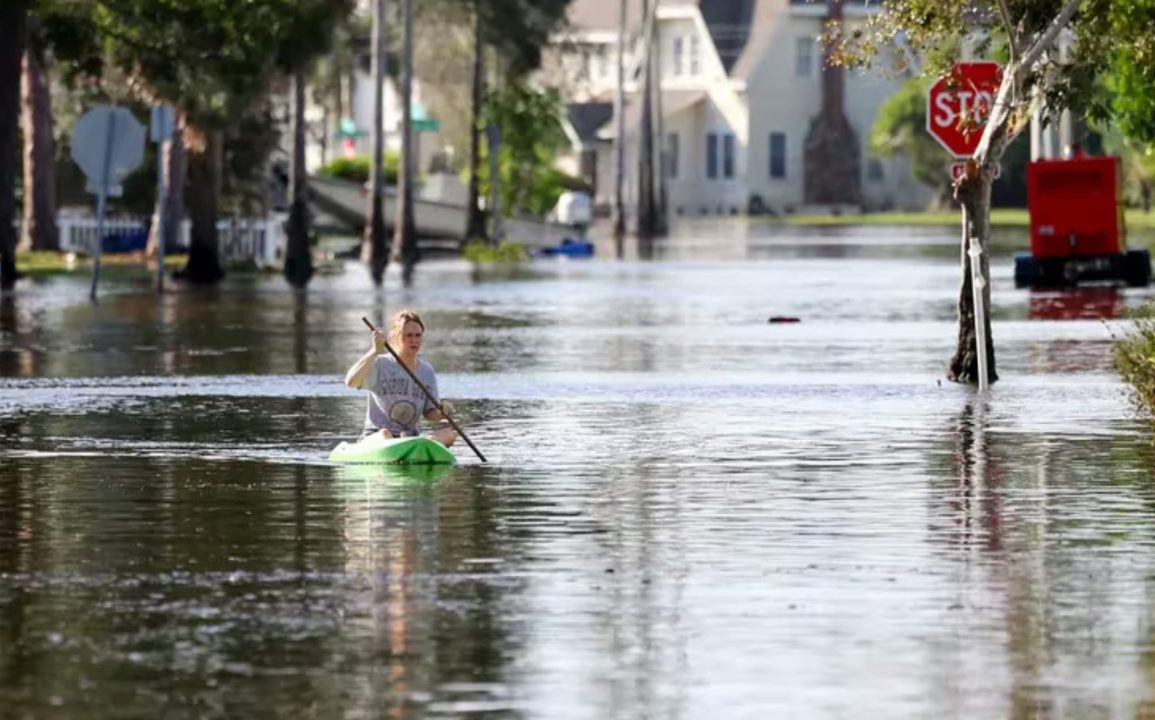The weather patterns that once defined our landscapes and influenced the behavior of water resources have changed dramatically due to climate chaos. Historically, factors like rainfall timing and quantity, snowmelt rates, and seasonal variations dictated water availability. However, the current climate crisis disrupts these established patterns, leading to extreme weather events such as unprecedented floods and severe droughts.
These changes have created conditions ripe for destructive wildfires, as heat and parched landscapes contribute to increased fire risks, showcasing the dual nature of water as both a blessing and a destructive force.
Farmers worldwide are acutely aware of the realities of climate change, as evidenced by Minnesota Governor Tim Walz’s remarks during a recent vice-presidential debate. He highlighted that farmers in his state have experienced consecutive years of catastrophic weather events, including significant droughts and floods, that disrupt their agricultural practices.
This disruption not only hampers food production but also threatens soil health, further complicating the challenges faced by agricultural communities across the globe.
The destructive power of water was starkly illustrated by the flooding caused by Hurricane Helene, which unleashed torrents of rain in regions like East Tennessee. The Nolichucky River, for instance, surged to nearly twice the flow of Niagara Falls, resulting in the overflow of dams and severe flooding.

In western North Carolina, rivers rose to unprecedented levels due to excessive rainfall, leading to significant infrastructural damage and loss of life. Scientists attribute much of this intensity to climate change, estimating that global warming increased the rainfall from Helene by as much as 50% in certain areas, underscoring the connection between rising temperatures and severe weather phenomena.
Despite the abundance of water following the hurricane, communities faced dire situations with contaminated and scarce drinking water due to infrastructure damage. The irony lies in the prevalence of muddy, polluted water amidst a climate crisis that emphasizes the need for clean water as a vital resource.
Flooding, although not a new phenomenon, has reached alarming levels of intensity and frequency, representing a growing water crisis that exacerbates global challenges. Regions worldwide, from Pakistan to Brazil and Chad, have faced devastating floods that have displaced populations and destroyed livelihoods, reinforcing the narrative that climate change is fundamentally a water crisis.
The consequences of climate-driven extreme weather have created a more chaotic and dangerous world than that of previous decades. The increase in atmospheric temperatures correlates with heightened water vapor, leading to unpredictable rainfall patterns and extreme weather events.
The once-reliable terminology of “hundred-year” and “thousand-year” events is now obsolete, as these occurrences become increasingly frequent. The fossil fuel industry’s role in exacerbating climate change cannot be overlooked, as it has historically ignored the looming impacts of its activities.
Despite our understanding of climate change and potential solutions, the fossil fuel industry and its political allies remain significant obstacles to effective action, perpetuating a cycle of destruction and inaction that jeopardizes communities and ecosystems.

